Inside E-Werk, a defunct Berlin power station turned off-the-grid contemporary art centre
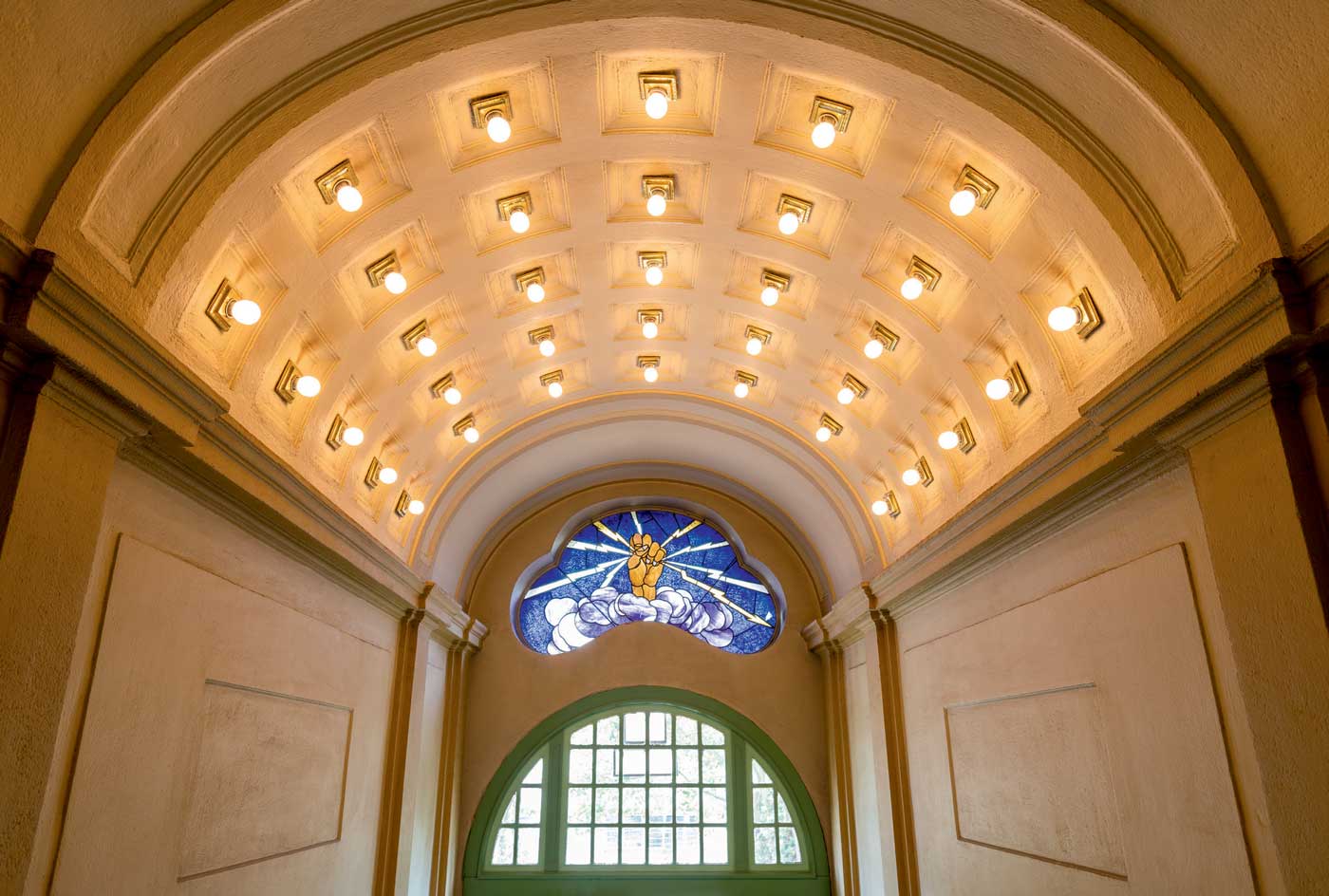
With its rows of workers’ cottages, Bauhaus swimming baths, factories and power station, Luckenwalde near Berlin was once a sleepy yet productive suburb in what was then East Germany. Beyond industry, nothing much happened. When the Berlin Wall came down 30 years ago, nothing much became nothing at all. The E-Werk power station closed and became a centre for post-unification reintegration. Locals were educated in labour laws, service culture and home economics, and moved away. Luckenwalde fell into slow decline.
For Stuttgart-born artist Pablo Wendel, Luckenwalde’s proximity to Berlin and its many listed buildings presented an opportunity. In 2017, he purchased the defunct power station through his not-for-profit arts organisation Performance Electrics, and this September will turn it back on. Only this time round, it will be fuelled by wood chips recycled from cable drums instead of coal and will be reborn as a contemporary art centre, offering studio space for artists to rent and an annual exhibition programme.
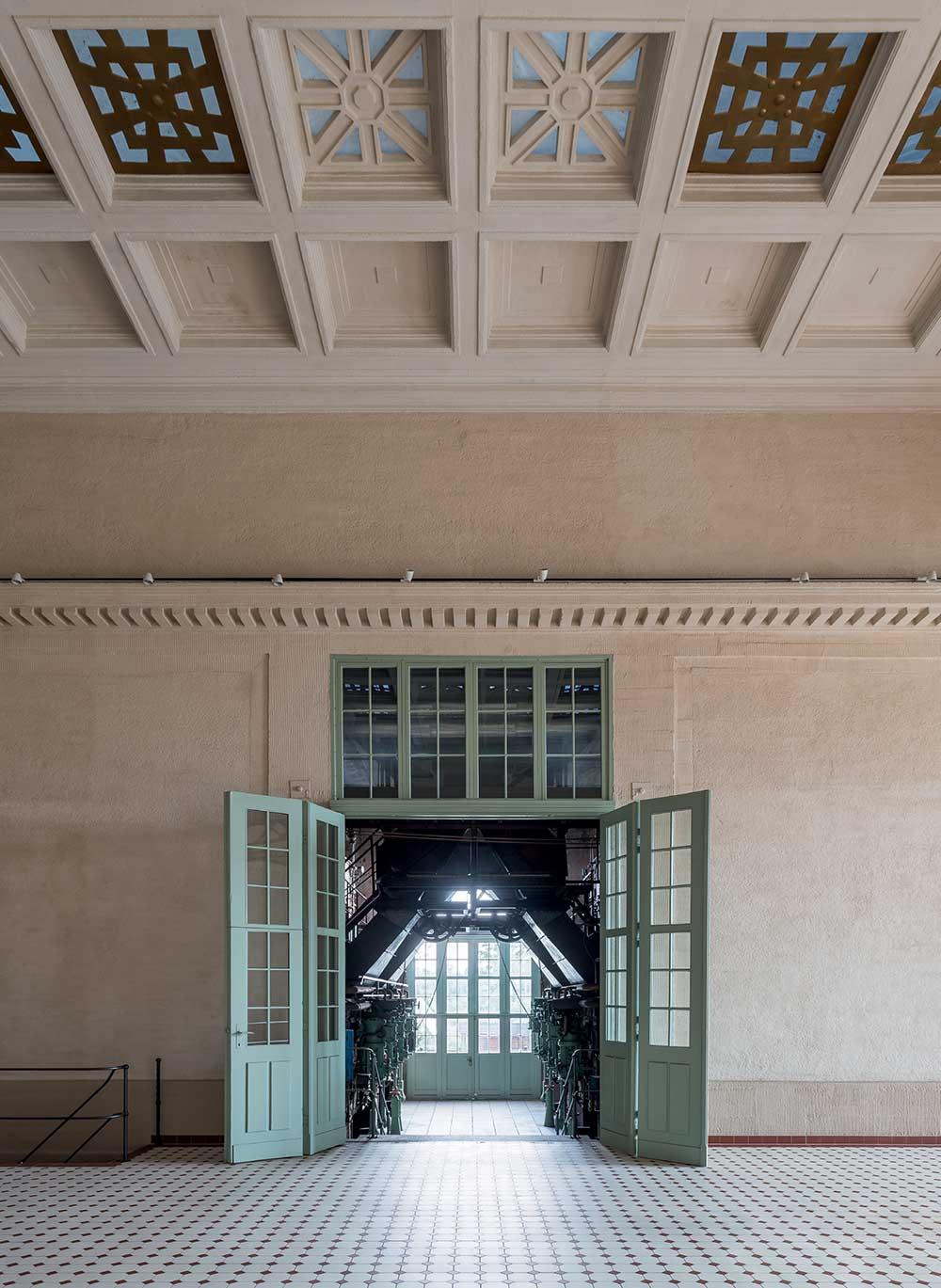
E-Werk Power Station's Turbine Hall, with doors opening onto the Engine Room.
That Wendel came to own an old power station is no coincidence. For the past five years, he has produced electricity from wind sculptures and guerrilla-style appropriations of electricity supply points using mobile battery packs. Pylonia, the 65m-high pylon he constructed in Stuttgart two years ago, powers his headquarters and two dozen houses in the city and has become an icon of rebellion. E-Werk, with 10,000 sq m of empty space and potential to become a functioning power station, proved irresistible to Wendel. The 39-year-old artist’s CV and his patented Kunststrom (art electricity) impressed the former owner of E-Werk, who, keen for it to benefit the local community, sold it, fully renovated, at a discount.
Wendel developed woodchip-burning machines that are compatible with the power station’s pre-existing mechanics. ‘At first, people were sceptical, but Kunststrom has moved far beyond an idea. We forget to talk about how much energy is needed to make art, how much energy museums use through lighting, cleaning, conservation and transport. They spend much more of their budget on this than they do on young artists. I’m offering art as a power supply.’ Wendel also stocks his studio in E-Werk with welding kits, milling machines, lathes and drills, which resident artists can access.
Now I can use art to power the washing machine
For the September opening, entitled Power Night, Wendel will roam among the labyrinth of pipes, ladders and furnaces that make up the power station’s engine room, filming as he goes. His journey will be projected on a screen to an audience in E-Werk’s Turbine Hall. In two of the three galleries, artist Nicolas Deshayes will exhibit Thames Water, a series of sculptures made of pipes through which water, heated on site, will flow. Artist Lucy Joyce created flags and photographed locals brandishing them in key spots near E-Werk. These images will go on show in Gallery 3 and the artworks will be displayed at the building’s front entrance. London’s Block Universe is bringing a roster of performance artists to the Turbine Hall and the Stadtbad (Bauhaus swimming baths) next door.
In the grounds, an 18m geodesic dome by Stuttgart architecture collective Umschichten will host events. It’s the first of five pavilions that Wendel and Helen Turner, his co-artistic director and life partner, have planned as part of the year-long E-Pavilion architecture series. Next up, next year, are structures by German designer Samuel Treindl and students from Berlin’s Universität der Künste.
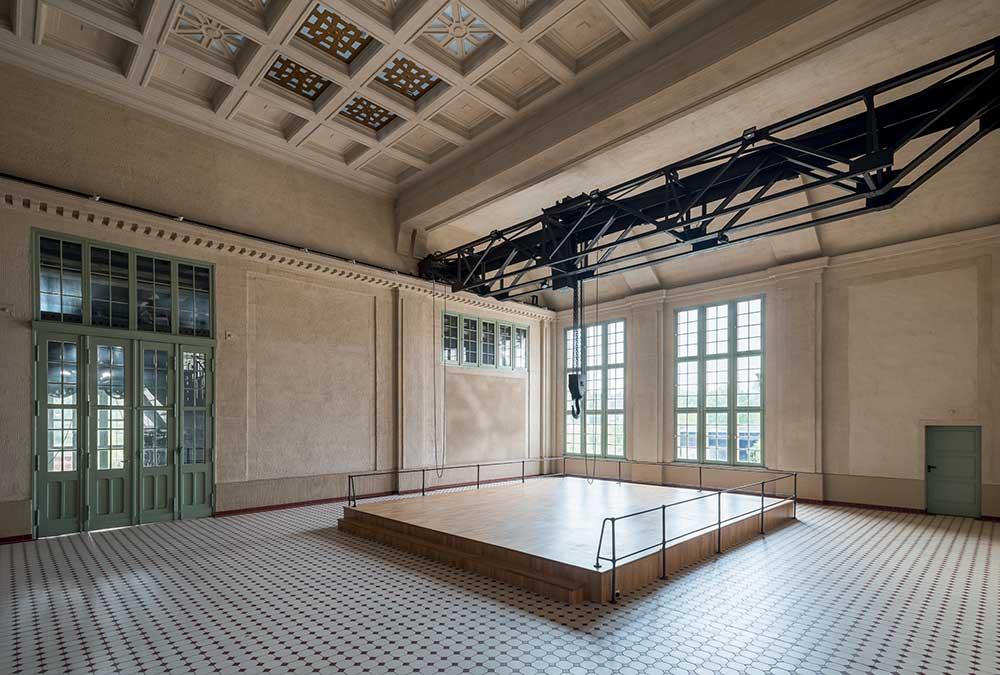
The Turbine Hall, which will play host to a roster of performance artists at the power station's opening.
‘I’ve always been interested in ephemeral art, self-destroying sculptures,’ says Wendel, who studied sculpture at London’s Royal College of Art. ‘But I struggled to make a living from non-commercial art, so I decided to industrialise myself, to set up an autonomous infrastructure. Now I can use art to power the washing machine.’ Turner, who left her position as chief curator at the UK’s Cass Sculpture Foundation to run E-Werk, adds: ‘Pablo can solve any problem with his hands.’
Initially, about a quarter of the plant will be in use, producing enough energy to power 200 Luckenwalde households. Leftover heat produced through the pyrolysis system will feed back into its eco-system to heat the space and, in future, power an agricultural programme that includes a brewery, a coffee roasting facility, aquaponic fish cultures and vertical farming.
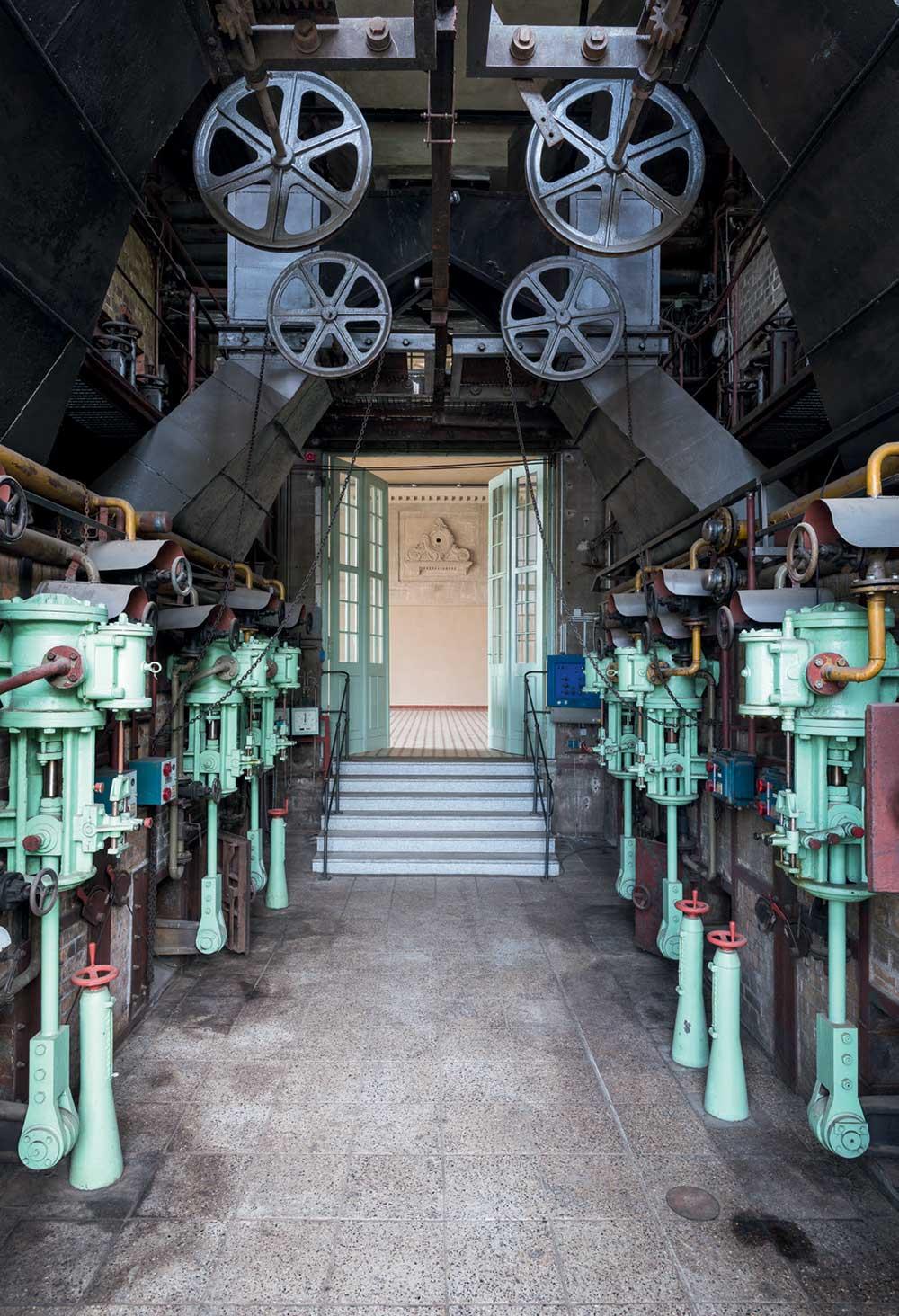
A labyrinth of pipes, furnaces and ladders in the engine room.
E-Werk’s eight studios were snapped up by artists who are being priced out of Berlin. ‘There are so many artists there, it’s crazy,’ says Wendel, who had no idea where he’d go when his team of five outgrew his Stuttgart studio. ‘I came to Luckenwalde to view the Stadtbad as a studio space, then heard about E-Werk. I never expected to buy a power station!’
‘One day we hope E-Werk will power the whole of Luckenwalde as it used to,’ says Turner. ‘We see huge potential for cultural regeneration through its listed buildings beyond the Stadtbad and Hutfabrik [the 1920s hat factory designed by the German expressionist Erich Mendelsohn]. We would love to activate these buildings, too.’
As originally featured in the October 2019 issue of Wallpaper* (W*247) – on newsstands now
INFORMATION
Receive our daily digest of inspiration, escapism and design stories from around the world direct to your inbox.
ADDRESS
73 Rudolf-Breitscheid-Strasse
Luckenwalde
Emma O'Kelly is a freelance journalist and author based in London. Her books include Sauna: The Power of Deep Heat and she is currently working on a UK guide to wild saunas, due to be published in 2025.
-
 Winston Branch searches for colour and light in large-scale artworks in London
Winston Branch searches for colour and light in large-scale artworks in LondonWinston Branch returns to his roots in 'Out of the Calabash' at Goodman Gallery, London ,
-
 The most anticipated hotel openings of 2026
The most anticipated hotel openings of 2026From landmark restorations to remote retreats, these are the hotel debuts shaping the year ahead
-
 Is the future of beauty skincare you can wear? Sylva’s Tallulah Harlech thinks so
Is the future of beauty skincare you can wear? Sylva’s Tallulah Harlech thinks soThe stylist’s label, Sylva, comprises a tightly edited collection of pieces designed to complement the skin’s microbiome, made possible by rigorous technical innovation – something she thinks will be the future of both fashion and beauty
-
 At the Holcim Foundation Forum and its Grand Prizes, sustainability is both urgent and hopeful
At the Holcim Foundation Forum and its Grand Prizes, sustainability is both urgent and hopefulThe Holcim Foundation Forum just took place in Venice, culminating in the announcement of the organisation's Grand Prizes, the projects especially honoured among 20 previously announced winning designs
-
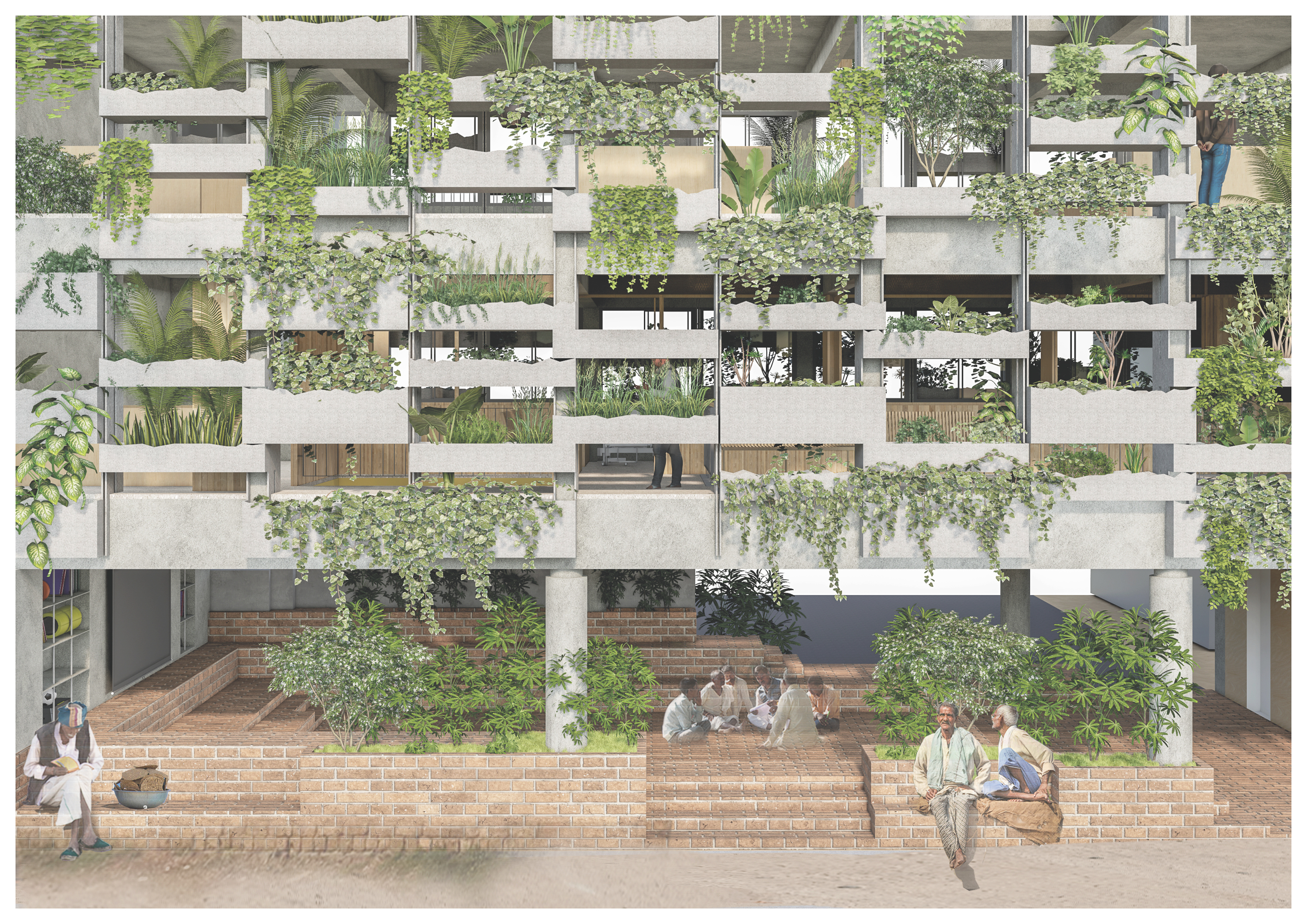 Holcim Foundation Awards celebrate sustainability with 20 winners; Sou Fujimoto explains all
Holcim Foundation Awards celebrate sustainability with 20 winners; Sou Fujimoto explains allThe 2025 Holcim Foundation Awards have just been announced, crowning 20 projects from across the globe as the most inspirational schemes in the field of sustainable architecture; we caught up with Asia Pacific jury chair Sou Fujimoto to find out more
-
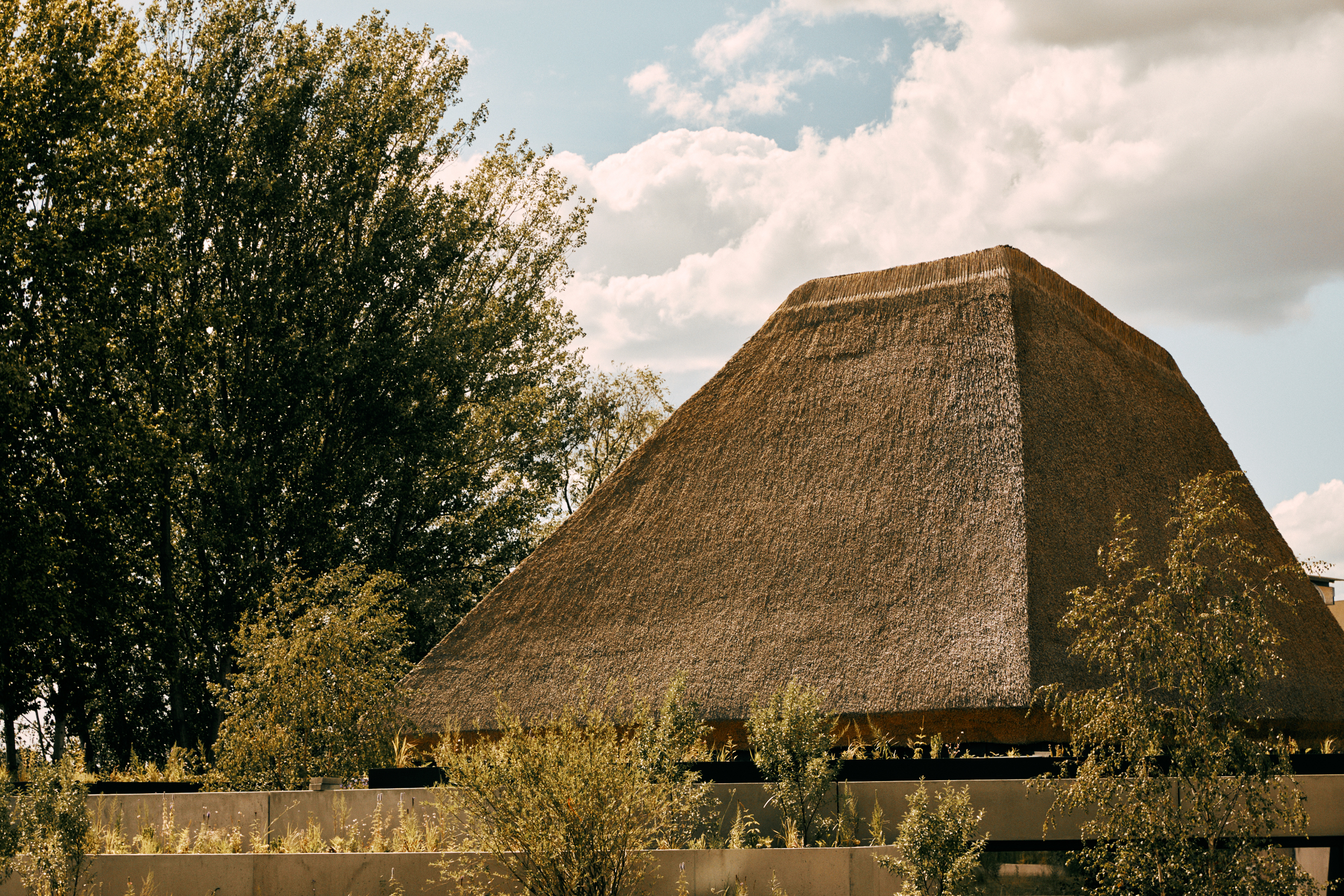 What are biomaterials? Everything you need to know about Mother Nature's building blocks
What are biomaterials? Everything you need to know about Mother Nature's building blocksCould the cities of the future be grown from plants, bacteria and fungi? Architects explain
-
 What is eco-brutalism? Inside the green monoliths of the movement
What is eco-brutalism? Inside the green monoliths of the movementThe juxtaposition of stark concrete and tumbling greenery is eminently Instagrammable, but how does this architectural movement address the sustainability issues associated with brutalism?
-
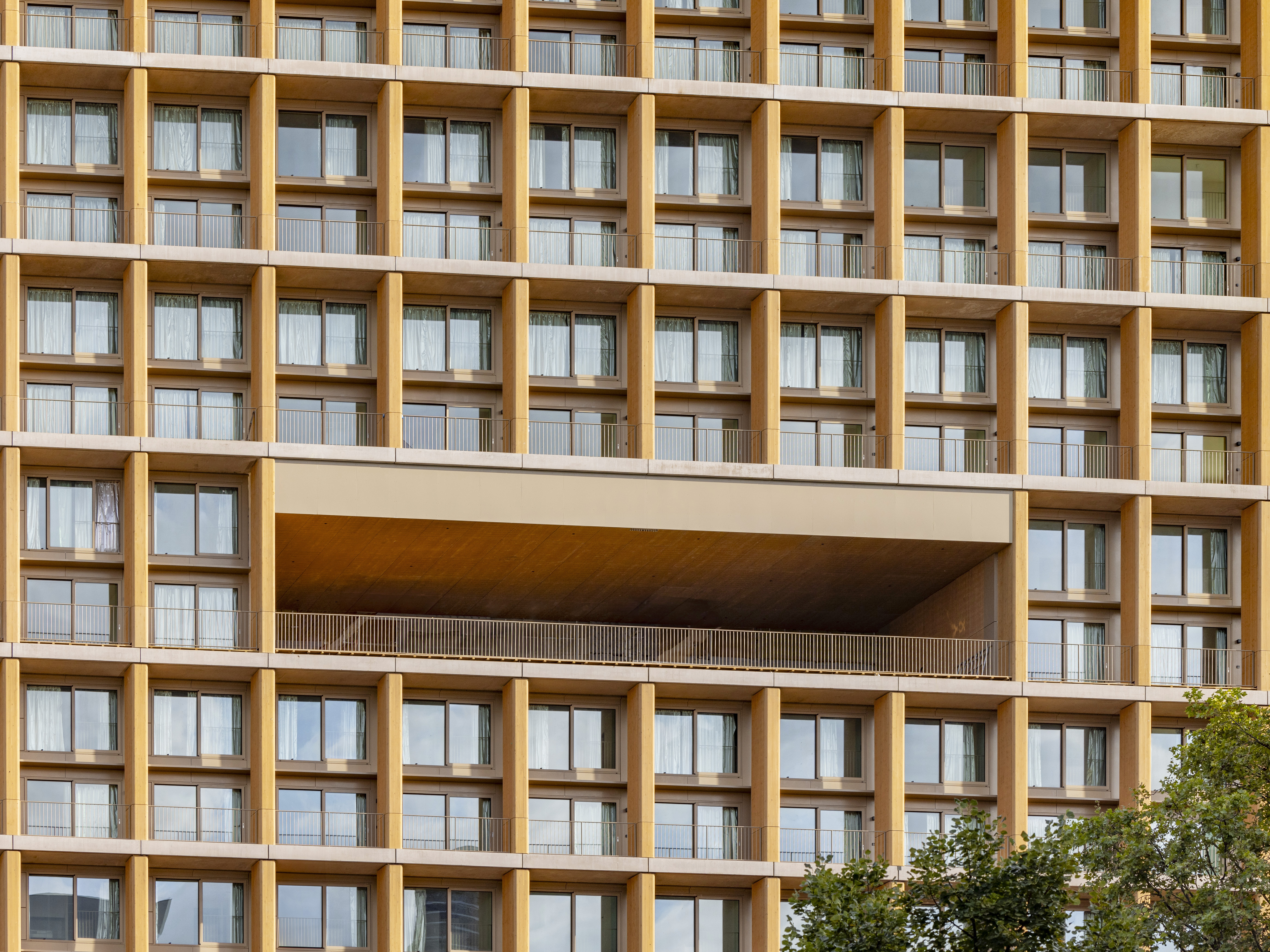 Explore wood architecture, Paris' new timber tower and how to make sustainable construction look ‘iconic’
Explore wood architecture, Paris' new timber tower and how to make sustainable construction look ‘iconic’A new timber tower brings wood architecture into sharp focus in Paris and highlights ways to craft buildings that are both sustainable and look great: we spoke to project architects LAN, and explore the genre through further examples
-
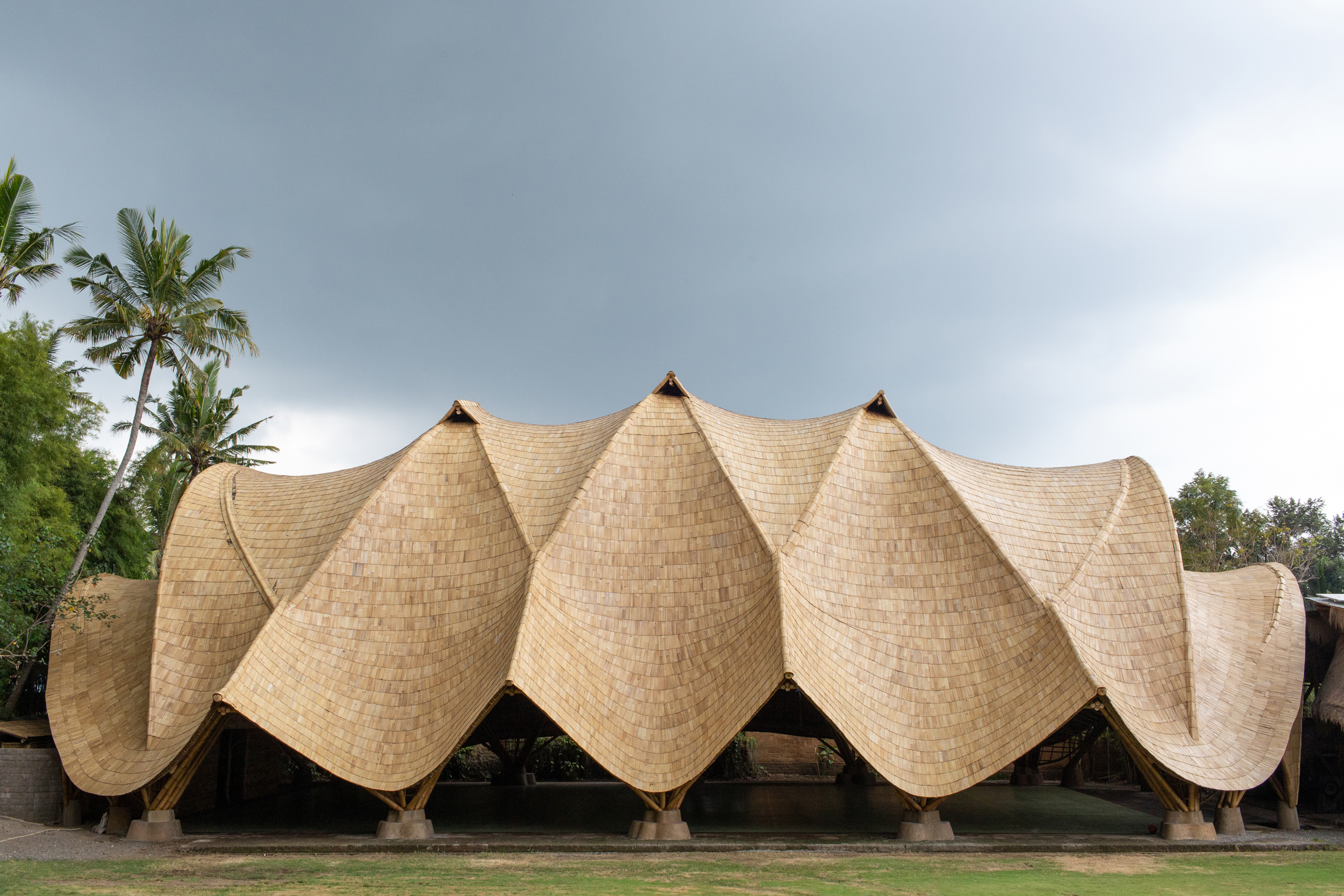 Building with bamboo: In Bali, designer, Elora Hardy, shares her tips and experience
Building with bamboo: In Bali, designer, Elora Hardy, shares her tips and experienceBamboo architecture can be powerful and sustainable; here, we talk to Ibuku's Elora Hardy, who shares her tips, thoughts and experience in working with the material in Bali
-
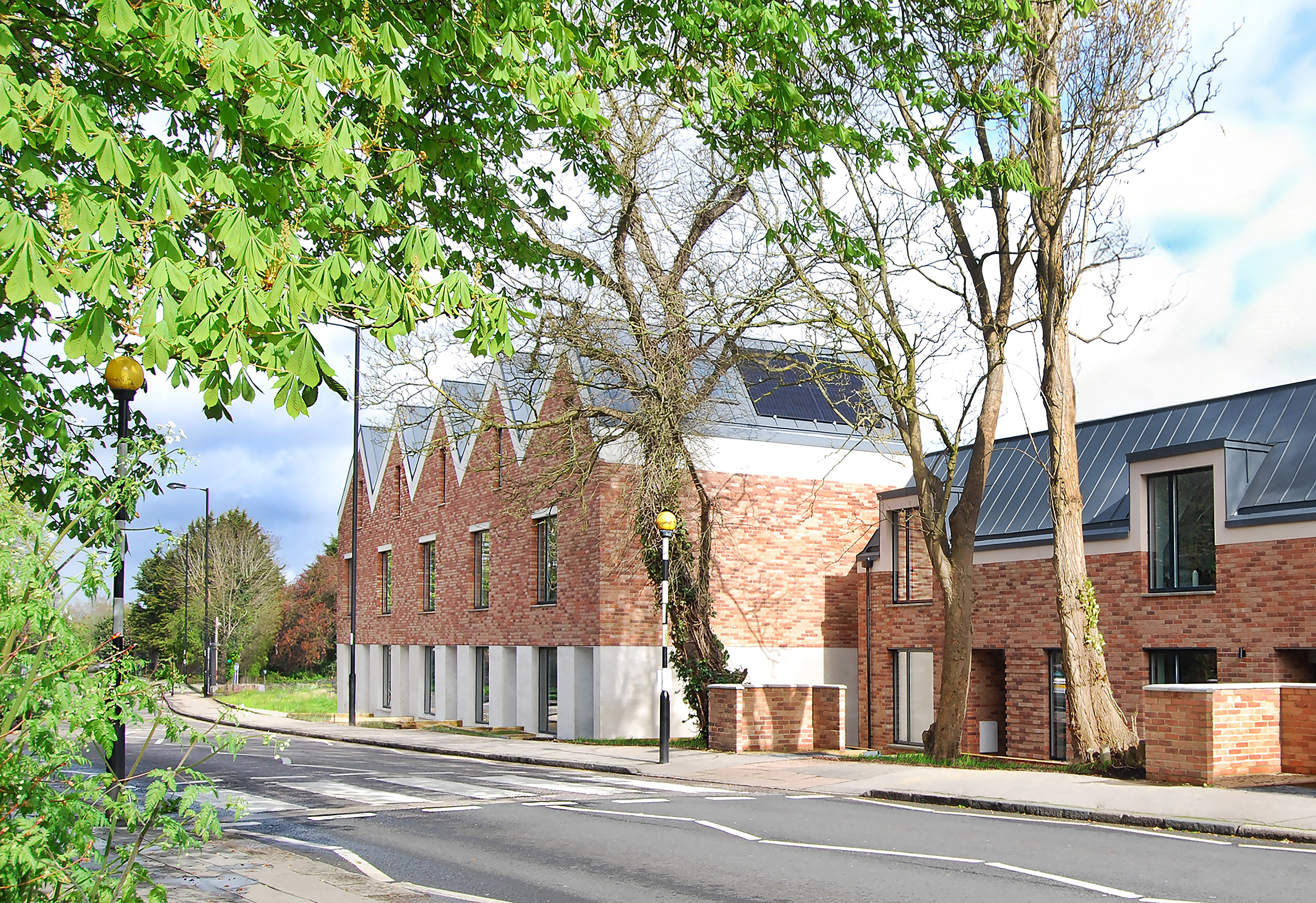 Hermitage Mews is a net-zero family of homes in London’s Crystal Palace
Hermitage Mews is a net-zero family of homes in London’s Crystal PalaceHermitage Mews by Gbolade Design Studio is a sustainable residential complex in south London's Crystal Palace, conceived to be green and contextual
-
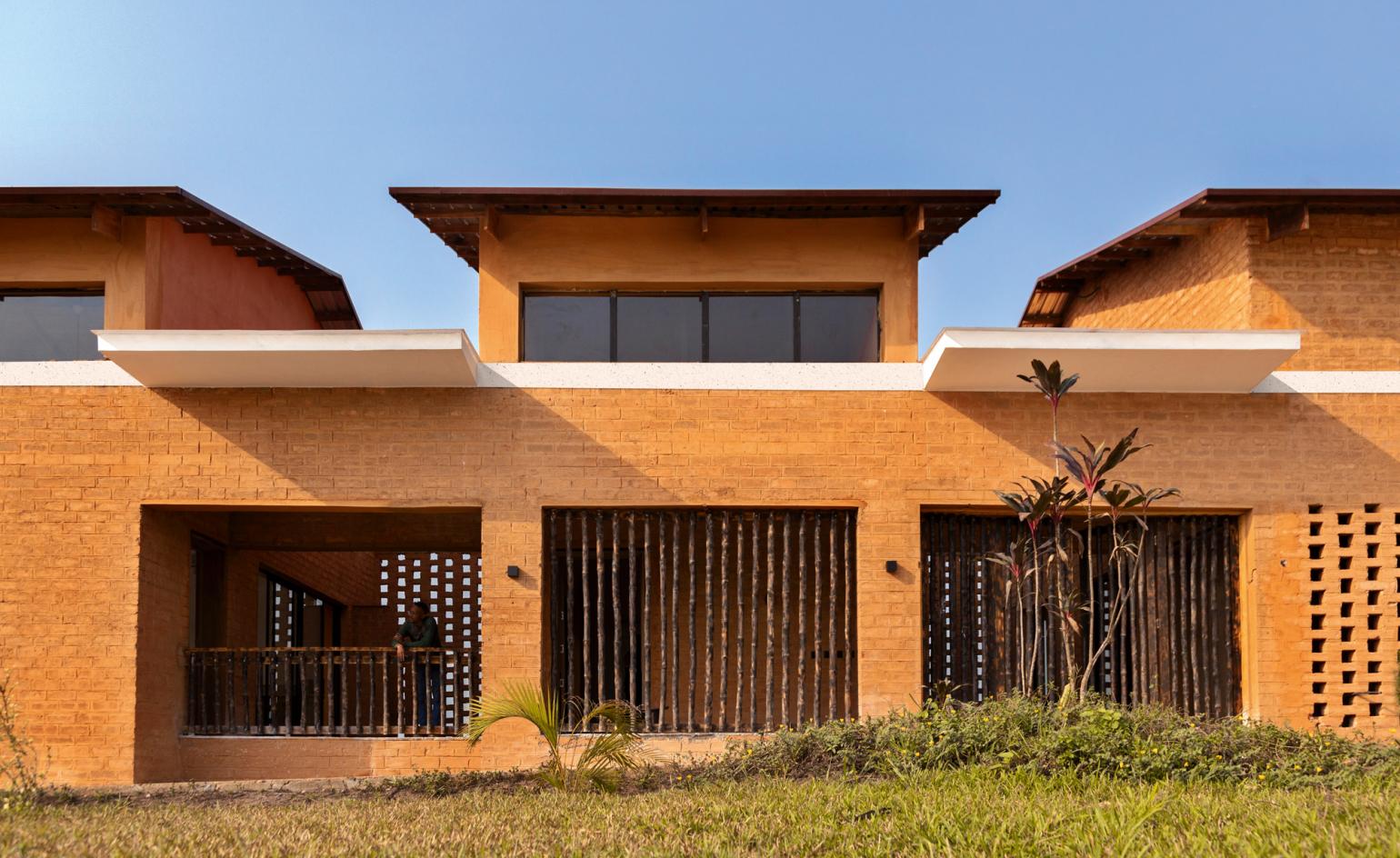 Sustainable architecture: 46 innovative and inspiring building designs
Sustainable architecture: 46 innovative and inspiring building designsThis is sustainable architecture at its best: from amazing abodes to centres of care and hard-working offices, these buildings not only look good but also do good